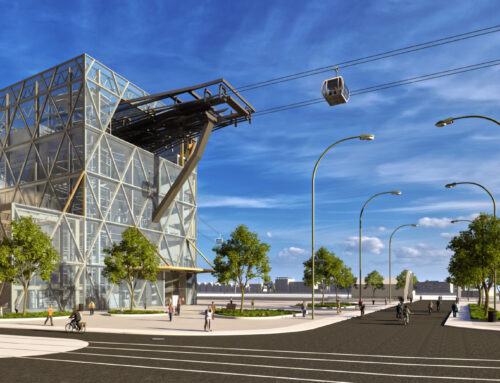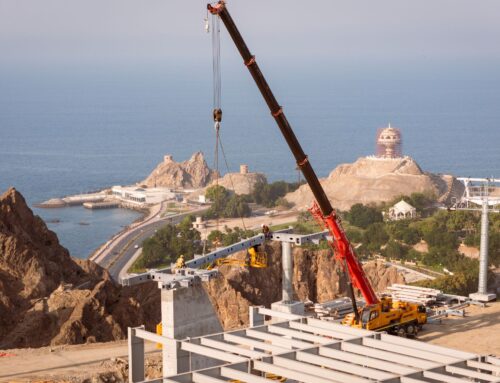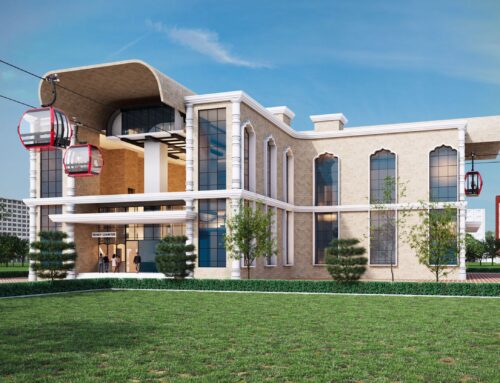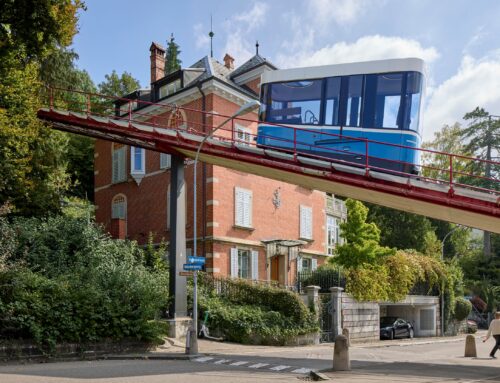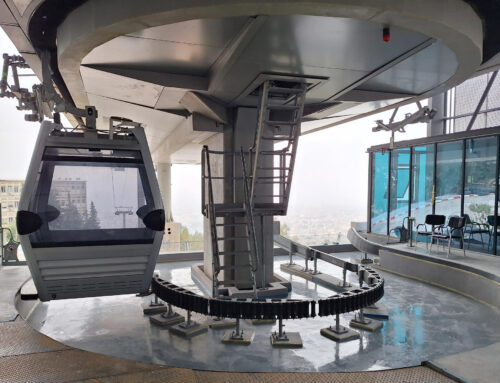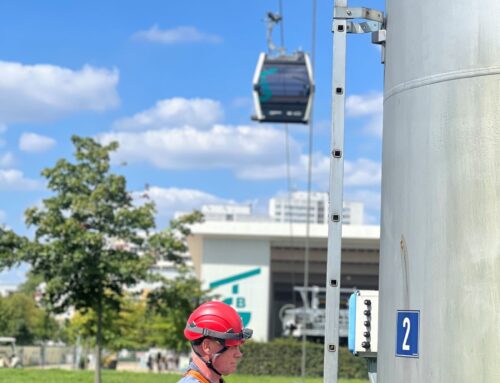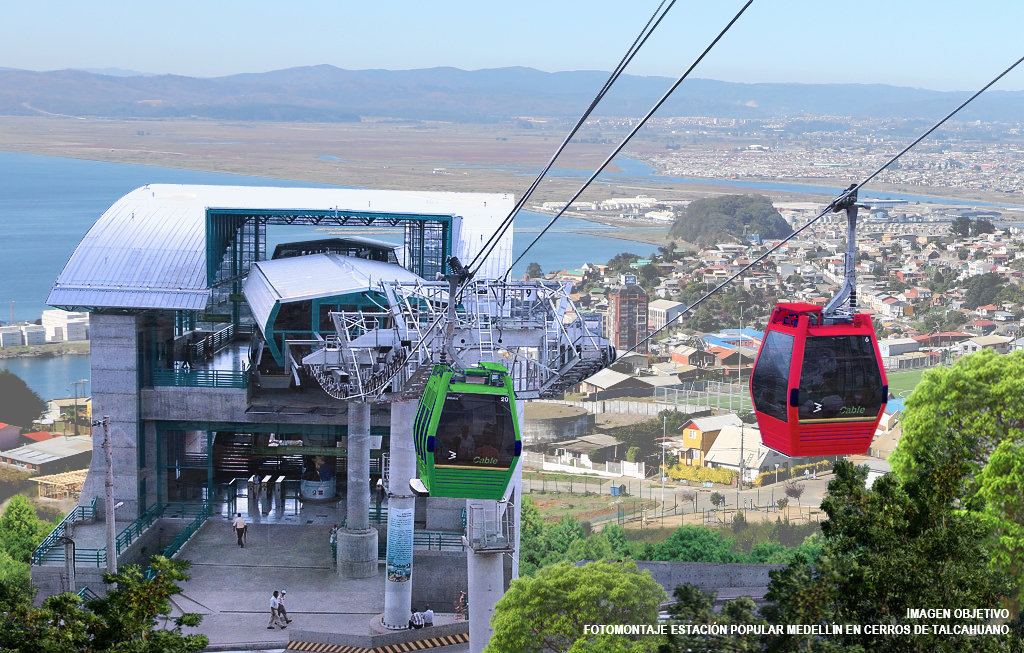
Cities
Minister in SI Interview: Three Urban Cable Cars for Chile
SI Urban: Mr. Muñoz, what led to the decision to build a cable car between Iquique und Alto Hospicio?
Juan Carlos Muñoz: We in Chile have a very long tradition of being very serious about how we decide when and how we are going to invest in new public transport modes. Traditionally, we’ve been quite reluctant about cable cars because, compared to buses or metro, they don’t seem to be very cost-effective.
However, I think that’s correct only in cases where buses can provide good service — which is not always the case — and where metro has the demand to justify it. So, in between, there is an area where I think the characteristics of the service make a cable car a very good alternative.
That happens when two conditions are met. First, you have to go over a clear geographical obstacle, where buses cannot provide a direct or efficient service. And second, the demand for the service should not be extremely high — and ideally, it should be balanced in both directions so that the cable cars can be used effectively.
Our country is full of geographical obstacles. It’s very mountainous, it’s close to the sea, and it has steep terrain. So I think the country has many areas where cable cars can be a very attractive public transport alternative.
Juan Carlos Muñoz
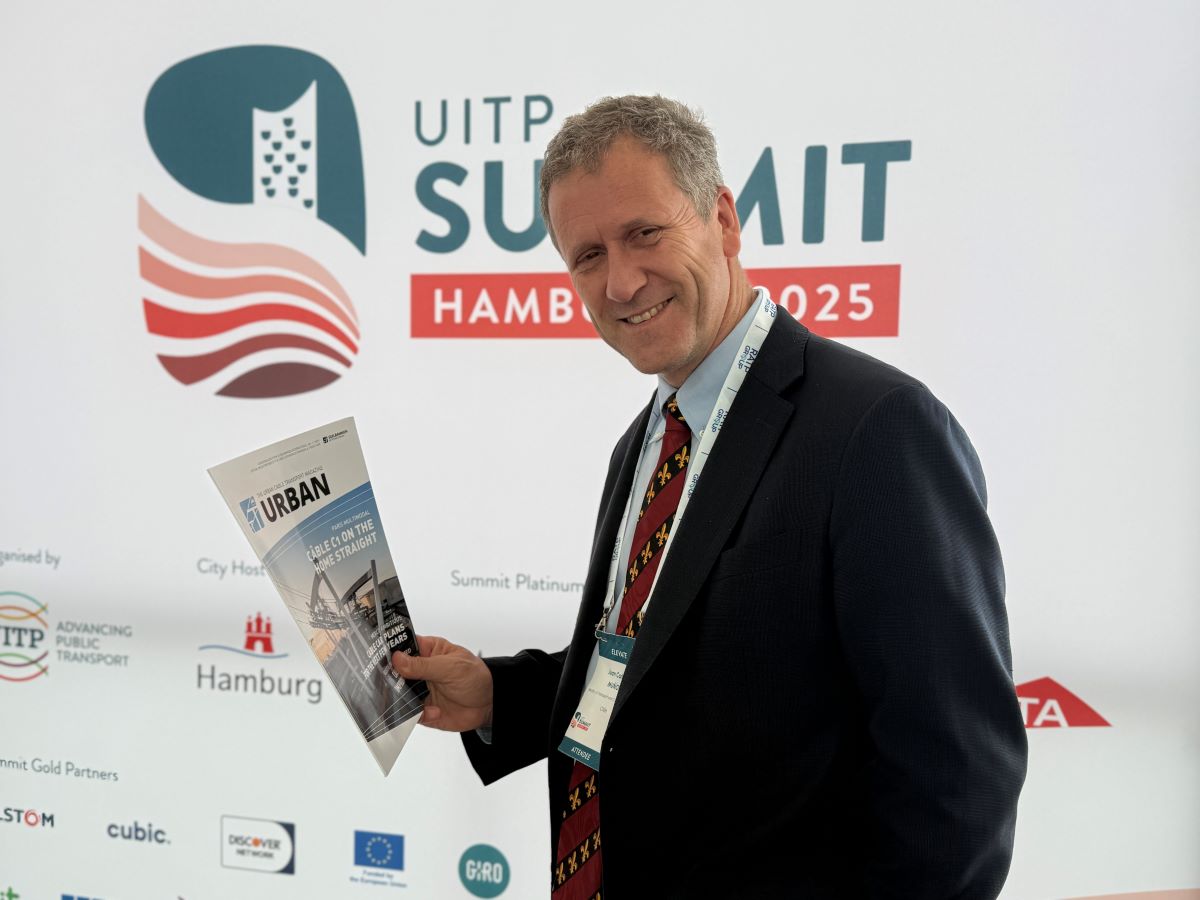
What is the area like where the cable car will be built?
Iquique is a port city with very strong cliffs. We have a new settlement that has been growing and growing, with many people living there — mostly low-income, coming to the port. For them, the road alternative is not very attractive. So, I think having a cable car would be very effective.
This cable car will be around six kilometers long. I believe the capacity a cable car can provide — usually no more than 2.000 passengers per hour — will be perfect for the city. We also expect to provide some kind of fair integration with buses in Alto Hospicio and down in Iquique so that users can have a seamless experience between the two cities. The travel time for passengers will be reduced from 45 to 16 minutes between the two communes.
My impression is that here we will have people commuting mostly during the morning and evening peaks. But throughout the day, there will also be people using the cable car just to enjoy the wonderful view of the city. So, this will be a mixed-use service, which is great because it allows trips during the middle of the day in both directions.
The cable car has this amazing potential. Unlike the metro, which takes people underground—often to places that aren’t very pleasant—the cable car puts people up high, offering an opportunity to enjoy the scenery. This is especially exciting for tourists visiting the city.
I can foresee that, in the case of Alto Hospicio, this will be a very important feature of the service.
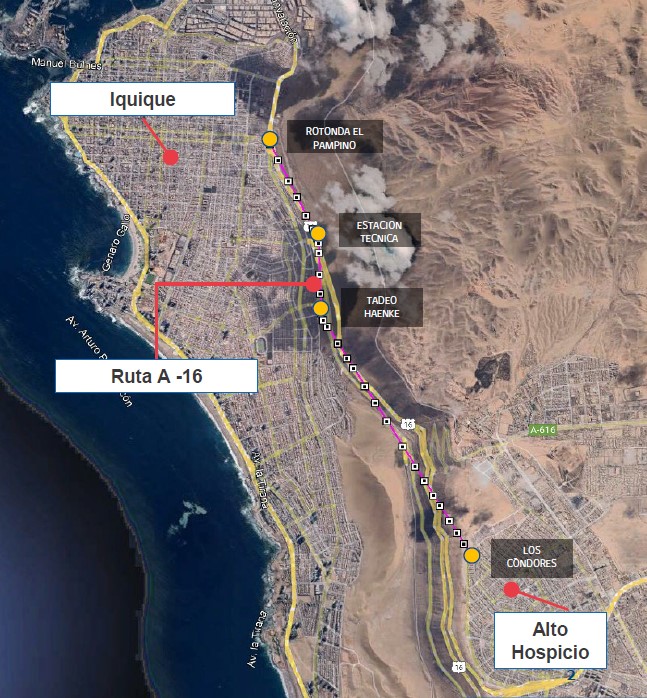
Route layout
The route of the cable car between Iquique and Alto Hospicio.
When do you plan to sign the construction contract?
The bidding process is carried out actually by the Ministry of Public Works, not by the Ministry of Transport. However, we are part of the project because the cable car will need to be integrated with buses, which are part of our responsibility. So, this is a project where the Ministries of Public Works, Transport, and Telecommunications work together.
The bidding will be open until November, giving about five months for people to submit their offers. We expect to sign the contracts by February.
How will the project be financed?
This will be a concession project with some subsidies from the government. The company managing the project will also receive funds from the fares. So, it will be a mixed financing process.
Technical Details
Cable car Alto Hospicio – Iquique
| Investment | approx. USD 133 million |
| Length | 5.7 km |
| Number of stations | 3 |
| Speed | 6 m/s |
| Capacity | 2.000 P/h |
Project schedule
Cable car Alto Hospicio – Iquique
| Technical bids submission deadline | 02.10.25 |
| Economic bids opening | 06.11.25 |
| Contract award expected | First half of 2026 |
| Construction start | 2028 |
| Final operation launch | 2030 |
As far as I know, another urban cable car is also planned to be built in Chile — in Talcahuano.
We are currently in the feasibility study phase for a cable car in the Talcahuano area. It’s a low-income neighborhood located in the hills of Talcahuano. We haven’t defined the specific route yet because there are two or three alternatives under study.
What’s very interesting in this case is that we will also have some fare integration, but this time it will be with the train. There is a train running from Talcahuano to downtown, which should be a great opportunity for low-income people living in the hills to access job and study opportunities elsewhere in the city.
Cable Car Talcahuano
Expected passenger numbers:
- 9.6 million passengers per year
- 28,000 passengers on a weekday
- 2,822 passengers per hour during the morning peak
- 1,300 passengers per hour during off-peak hours
- More than 9 million users per year
Schedule:
- Tender for construction: October 2025
- Contract award: 2026
- Start of construction: 2027
- Start of operations: 2030
What factors do you consider during the bidding process besides the project costs?
Usually, in these cases, there are certain features, characteristics, and quality requirements that any operator must meet. For example, the operator needs to show that they know how to do the job and that their company can guarantee the construction quality. They must also have the necessary financial background and experience building this kind of infrastructure.
The quality of the cabins and the travel experience should meet certain standards. For instance, this is an area in northern Chile where it is very sunny, so the provider will have to guarantee that people will have a comfortable trip despite the weather.
As long as all the required features are met according to the tender documents, then price is probably the main factor that will decide who gets the responsibility.
Cable car in Talcahuano:
A project that offers a new mobility option to better connect Talcahuano and improve access to services. It’s not just about infrastructure, but about families gaining a better quality of life through shorter travel times.
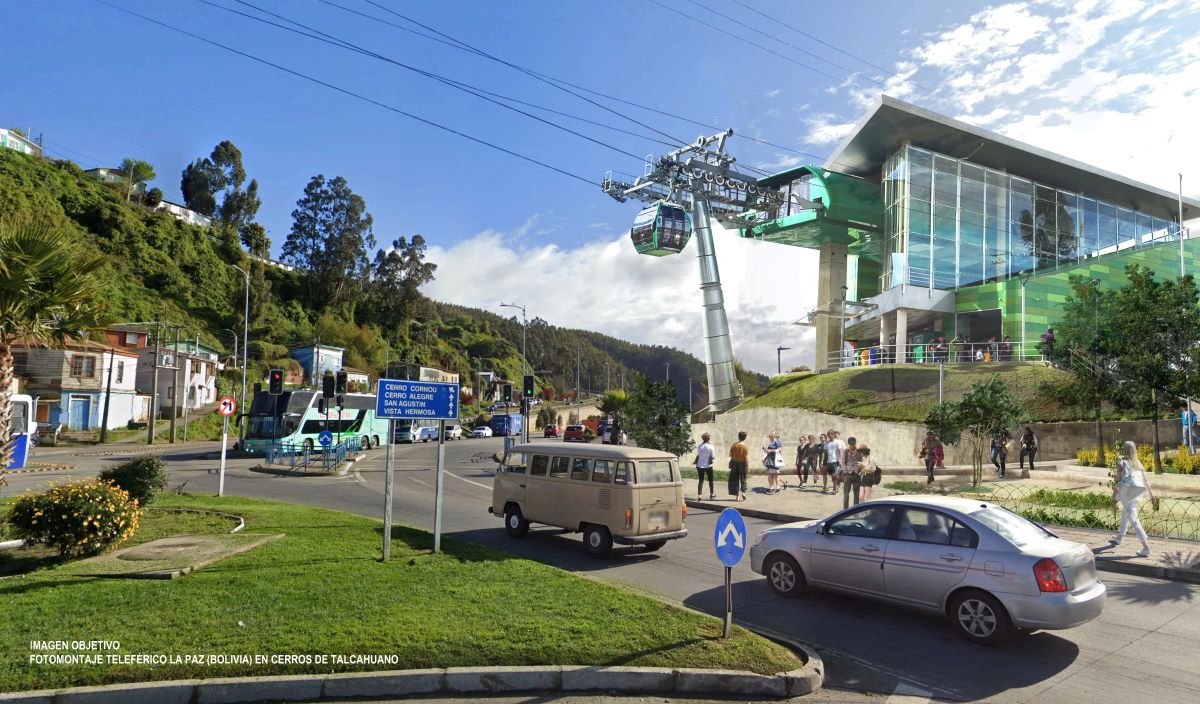
And there is already another cable car being built in Santiago, the capital of Chile, or more exactly, the existing tourist cable car is being expanded.
Yes, at this moment, the city of Santiago is building the first public transport cable car we will have — because we already have a touristic one — but this one is more for commuting.
There’s a hill in the middle of Santiago with a cable car, but it mostly uses small cabins for tourism — going up and down the hill. Now, there is another cable car being built on the same hill, but this one will connect two different neighborhoods and will be very useful for commuting trips.
We expect that it will provide a very good alternative in both directions, which makes it very attractive, I think.
When will it be opened?
It will probably open in 2027.
Technical Details
Cable car in Santiago
| Length | 3б4 km |
| Speed | 6 m/s |
| Travel time | 13 min |
| Capacity | 3.000 p/h |
| Number of cabins | 121 |
| Cabin capacity | 10 p |
| Number of stations | 3 |
| Number of towers | 19 |
| Opening | January 2027 |
| Manufacturer | Doppelmayr |

